One question us Alaskans get asked often is, “People actually live in Alaska?” Yes! Not only do people live here, they love it here.
Your Next Adventure Starts Here
Search open jobs-
In fact, while Alaska might have one of the smallest state populations in the United States, the diversity of its residents, and the ways in which we got here, more than make up for it. And us Alaskans love our open spaces, breathtaking scenery, colorful locals, fresh air, abundant natural resources, flora and fauna that’s unlike anywhere else, the Northern Lights, we could go on and on.
So how did we get here? Here’s the history of some of Alaska’s largest migrations of peoples.
-
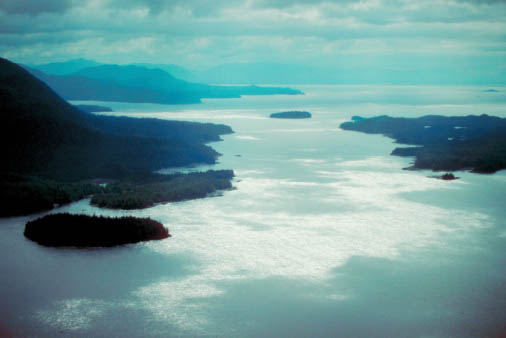
The Crossing
Somewhere between 20,000 and 16,000 BC, in the age of wooly mammoths and saber-tooth tigers, the first migration of Paleolithic people crossed over into Alaska via the Bering Land Bridge. These early North American arrivals slowly spread out across the continent, but some stayed in the region and formed very distinct tribal groups. Today, descendants of these ancient people still reside in Alaska. They are the Tlingit, the Haida, the Tsimshian, Inuits, the Athabaskan, the Aleuts, the Yupik, and the Inupiat. In fact, over 15% of Alaska’s population is of native heritage.
-
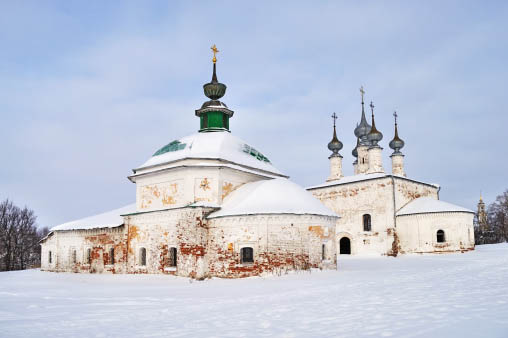
Russian Colonization
The next migration of people to Alaska didn’t occur for thousands of years. In the early to mid-18th century, fur trappers and traders from Russia began settling along the Alaskan peninsula and the Aleutian Islands. At first peaceful, these early Eurasian settlers soon found themselves at odds with the native peoples over resources. They also brought with them Old World diseases that wreaked havoc on native populations who did not have immunity to these illnesses.
By the early 19th century, the Russian settlers had established permanent settlements along Alaska’s panhandle, the largest of which was Sitka. Until the Alaska Purchase of 1867, this area was considered Russian America. After the signing of the purchase treaty, many of these Russian citizens opted to return to their homeland, but a few stayed. It’s not uncommon to run across Alaskan citizens with Russian surnames even today.
-
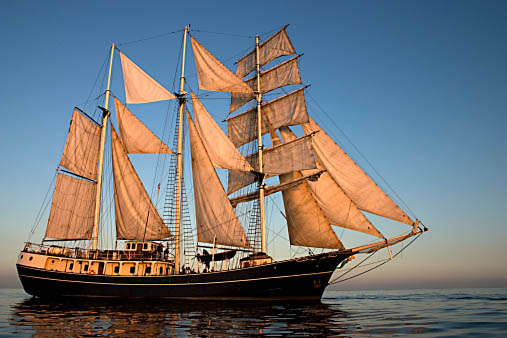
British Settlements
During the years of colonization, the British cast a notoriously wide net across the globe. They laid claim to most of what is now Canada. Not surprisingly, some British traders also settled in Alaska, with an eye on claiming it for the British crown. In fact, one of history’s most famous explorers, Captain James Cook, even sailed up from California to the Bering Strait, a move that prompted other British explorers to set up outposts along the coastal ways.
-
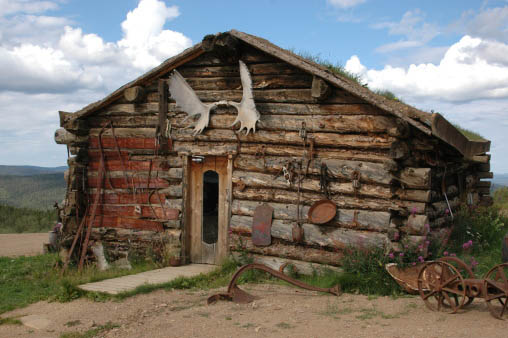
19th Century Goldrushers
Because of Britain’s expansion across the Northern reaches of Canada, then called British North America, the Russian Tsar Paul I, worried they were moving in to close to Russian shores. He declared it illegal for foreigners to benefit from trade in the region and doubled efforts to shore up Russian settlements in the area. After years of unrest in the region, the Russians finally sold the Alaska settlements to the United States as part of the Alaska Purchase, also popularly known at Seward’s Folly because many Americans believed the land to be basically useless.
However, they couldn’t have been more wrong. In the late 19th century, gold was discovered in the Canadian Yukon. Though people weren’t sure whether or not there would also be gold in Alaska, thousands of people came north in the hopes of striking it rich. Gold was ultimately discovered outside of Nome, and a steady stream of goldrushers flocked to the surrounding region.
-
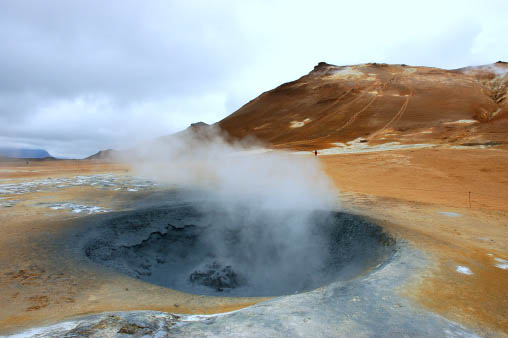
Oil Boomers
For the rest of the 19h century and on into the 20th, Alaska’s population continued to enjoy steady growth due to copper mining, fishing, and canneries. Yet it wasn’t until oil was discovered in Prudhoe Bay that Alaska experienced another boom in its population. People looking for jobs streamed up to Alaska to work on the pipelines. Today, oil remains a major industry in Alaska and still draws people to the state in search of employment.
-
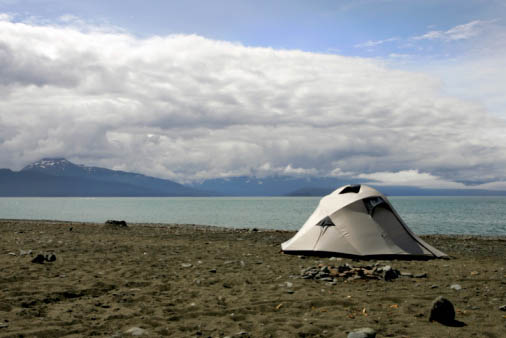
The Adventurous
Tourism has been a huge part of Alaska’s economy since the mid-20th century. Today, millions of people come to visit our millions of acres of national parks, glaciers, volcanic mountains, and coastal waterways. Many people who come for a visit find themselves enchanted with the natural beauty that Alaska has in spades, and it isn’t unusual for those adventurous spirits to decide to settle here. Which is fine by us, there’s plenty of land up here for everyone.

